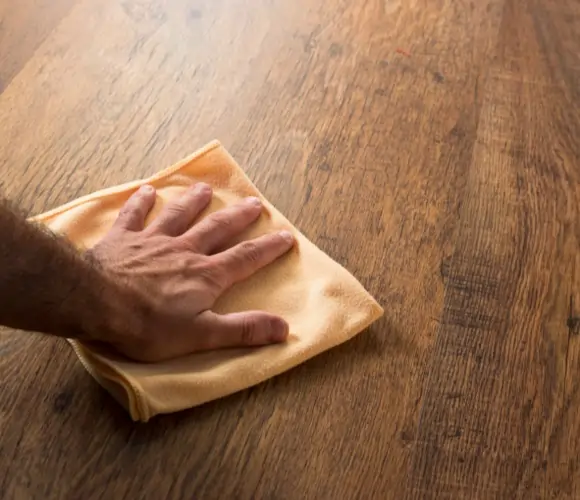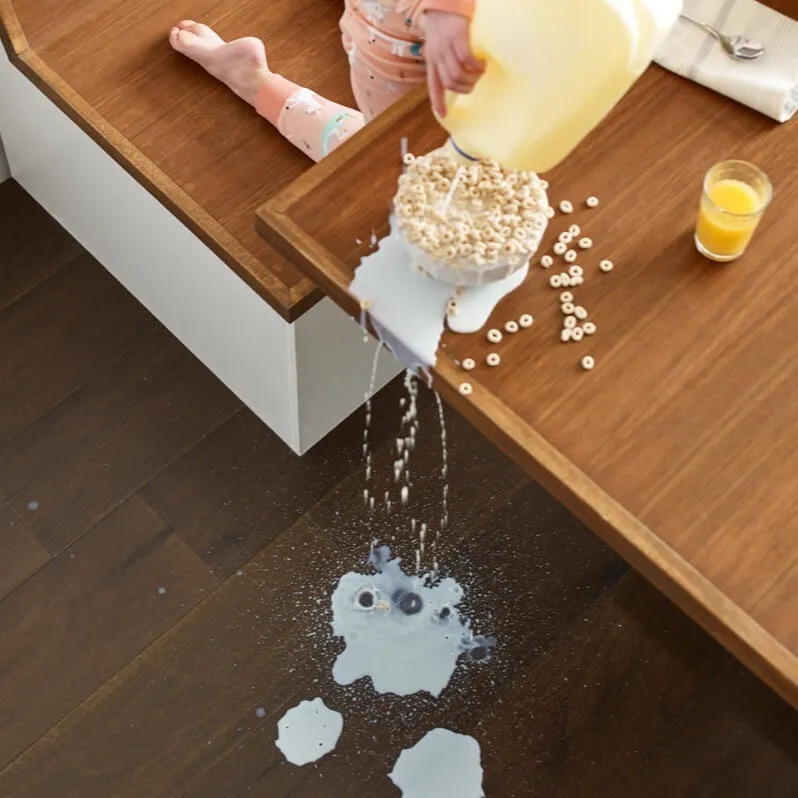Hardwood CARE & MAINTENANCE
Keep your new hardwood looking and feeling its best!
DAILY CARE & MAINTENANCE
Regular hardwood floor care is crucial to maintaining its natural beauty, durability, and value. Neglecting proper cleaning can lead to dirt buildup, stains, reduced slip resistance, and premature wear.
- Regular Cleaning: Sweep, dust, or vacuum regularly using the hardwood floor attachment.
- Damp Mopping: Occasionally mop the floor with a damp cloth and a wood floor cleaner.
- Avoid Harsh Chemicals: Never use oil-based cleaners, wax, polish, or strong ammoniated or abrasive products.
- Protect from Moisture: Avoid excessive exposure to water and maintain a balanced humidity level.
- Furniture Care: Use floor protectors and wide-load-bearing furniture bases to prevent indentations.
- Avoid Sharp Objects: Keep pets' nails trimmed and avoid walking on the floor with sharp shoes.
- Rearrange Furniture: Periodically move furniture and rugs to prevent uneven wear.
- Humidity Control: Use a humidifier during dry seasons and a dehumidifier or air conditioner during wet seasons.
- Moving Furniture: Use a dolly and protective padding when moving heavy items.


Tackling Stains and Spills
When dealing with spills and stains on your hardwood floors, it's crucial to act promptly and use the appropriate cleaning methods. Always consult your manufacturer's guide for specific recommendations, as different hardwood finishes may have unique cleaning requirements.
- Blot, Don't Rub: Gently blot up excess liquid with a clean, absorbent cloth. Avoid rubbing, as this can push the stain deeper into the wood.
- Test Cleaning Solutions: Before applying any cleaning solution, test it in an inconspicuous area to ensure it doesn't cause discoloration or damage.
- Professional Cleaning: For stubborn stains or spills, consider calling a professional cleaning service.

